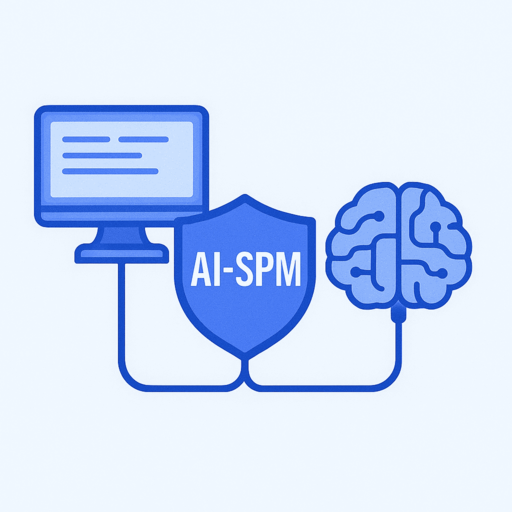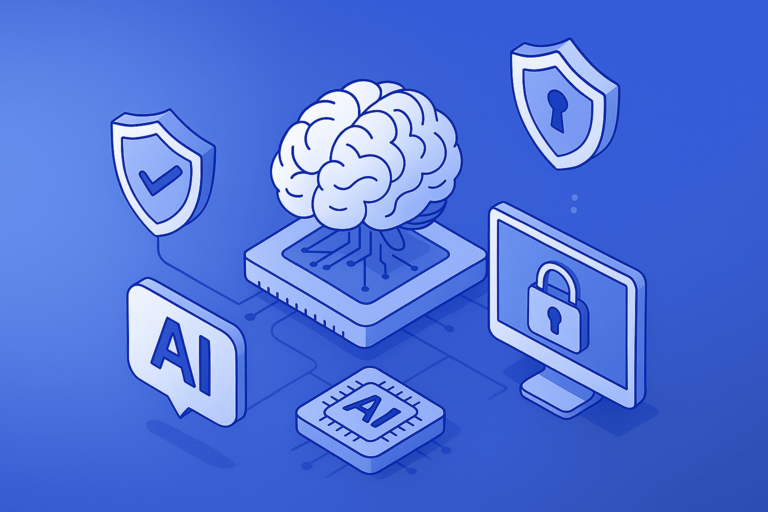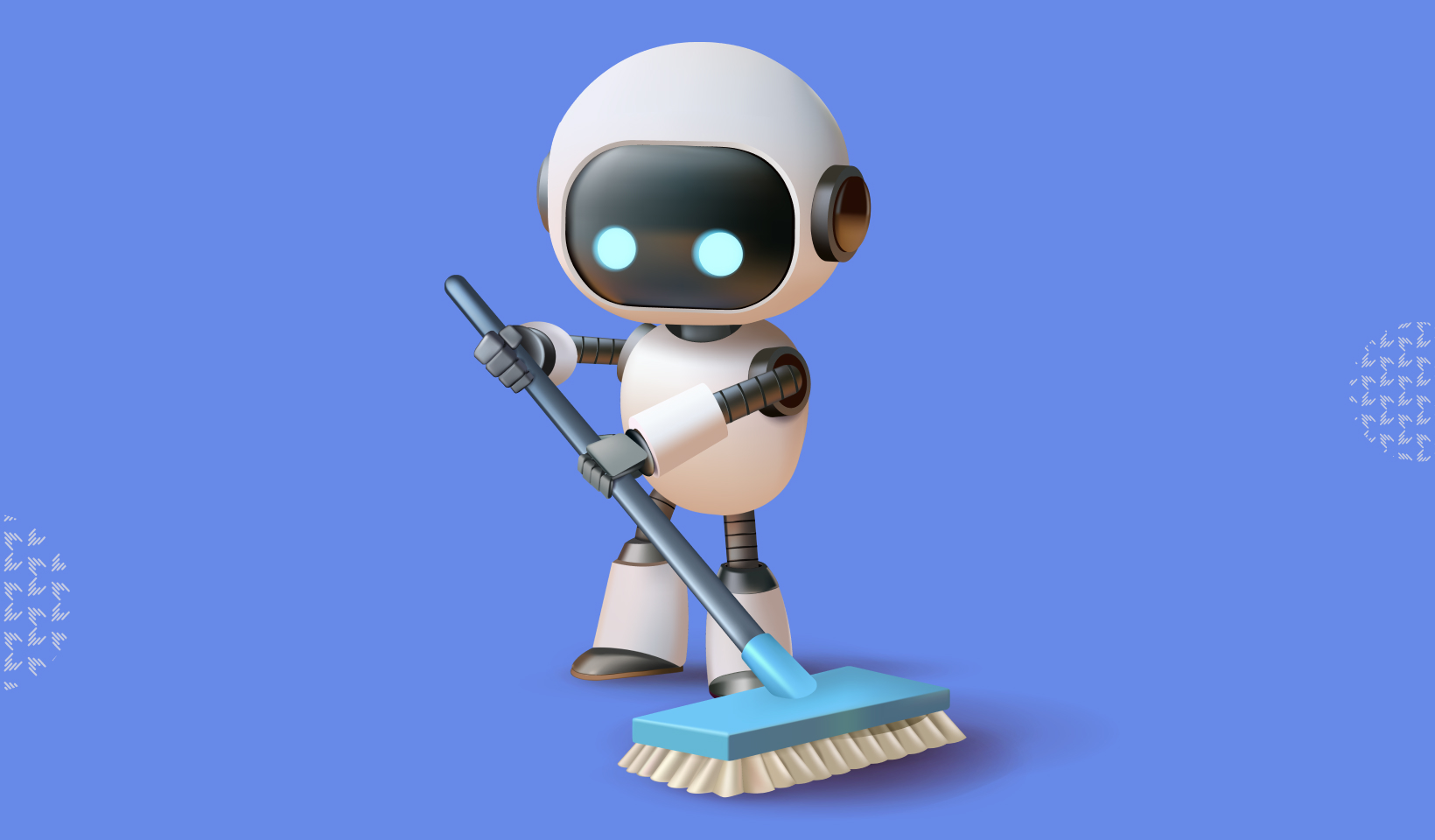
What Is AI Security Posture Management (AI-SPM)?

Are you building AI in the cloud? If so, you may be more exposed than you realize. Microsoft recently revealed how hidden threats can infiltrate every stage of AI development, from data collection to training and deployment. These threats can include poisoned training data, compromised models, and hijacked pipelines. As AI platforms evolve rapidly, security often lags behind, leaving dangerous gaps. To address these risks, Microsoft is introducing AI Security Posture Management (AI-SPM) in Defender for Cloud. This solution provides full visibility across multi-cloud AI environments (Azure, AWS, GCP), enabling you to detect threats early and respond quickly.



What Is AI-SPM?
AI Security Posture Management (AI-SPM) is the process of identifying, assessing, and managing security risks in AI systems throughout their lifecycle to prevent vulnerabilities and threats.Benefits of Implementing AI-SPM
Implementing AI Security Posture Management (AI-SPM) brings crucial benefits to organizations by providing robust security across the entire AI lifecycle. Here are the key advantages:- Enhanced threat detection. It improves detection by continuously monitoring AI systems for abnormal behavior and potential breaches, enabling early identification of attacks or vulnerabilities and minimizing impact.
- Proactive risk mitigation. The system maps attack paths and identifies weak points, allowing teams to implement measures proactively, reducing risks like data poisoning and model hijacking.
- Comprehensive visibility across multi-cloud environments. It provides full visibility into AI systems across Azure, AWS, and GCP, offering a unified view of posture and ensuring no gaps in complex multi-cloud setups.
- Automated compliance and configuration management. It ensures AI systems comply with industry standards and policies through built-in configurations and automated checks, reducing human error.
- Real-time incident response. Continuous monitoring enables rapid incident response, minimizing downtime and preventing malicious activities from spreading.
- Continuous risk assessment and updates. Risks are continuously assessed, with security measures updated to evolve alongside new threats and platform changes.
- Improved model integrity. The development pipeline is secured, protecting models from compromised data and ensuring their integrity throughout the lifecycle.
- Cost-efficiency in management. By automating monitoring and threat detection, manual efforts are reduced, lowering operational costs and improving efficiency.

Main Components of AI-SPM
AI-SPM is essential for securing AI systems across their lifecycle, from development to deployment and operation. It involves a set of components aimed at identifying, mitigating, and responding to security threats. Here are the key components:- AI inventory management. Tracks and manages AI components — models, datasets, and resources — ensuring visibility of their versions and configurations. Helps detect outdated or vulnerable assets that could introduce security risks.
- Built-in configuration. Pre-configured security settings embedded within the AI system. These controls enforce security best practices and reduce the risk of misconfigurations that could lead to vulnerabilities.
- Attack path analysis. Maps potential attack vectors within the system, identifying entry points for attackers. Enables proactive mitigation by visualizing the weakest points in the infrastructure.
- Runtime detection. Monitors AI systems in real-time to detect abnormal behavior or malicious activity. It uses anomaly detection and behavioral analysis to identify and address security incidents as they occur.
AI-SPM vs. DSPM vs. CSPM
There are three key security management frameworks that are crucial for modern organizations: AI Security Posture Management (AI-SPM), Data Security Posture Management (DSPM), and Cloud Security Posture Management (CSPM). Each framework focuses on different aspects of security, addressing specific needs and risks within the organization’s environment. Below is a table summarizing the key differences between these frameworks:| Aspect | AI-SPM (AI Security Posture Management) | DSPM (Data Security Posture Management) | CSPM (Cloud Security Posture Management) |
| Focus Area | Securing AI systems (models, data, pipelines). | Securing data across the organization. | Securing cloud infrastructure and services. |
| Primary Concern | AI model integrity and data security. | Data privacy, integrity, and access control. | Cloud misconfigurations, access control, and compliance. |
| Real-Time Monitoring | Monitors AI behavior for malicious activity. | Monitors data access patterns and leaks in real-time. | Monitors cloud resource configurations and potential threats. |
| Compliance | Ensures AI systems comply with security standards. | Ensures data security policies and regulations (e.g., GDPR) are followed. | Ensures cloud services comply with security standards (e.g., CIS). |
| Visibility | Provides visibility into AI system security across multi-cloud. | Provides visibility into data flows, access controls, and compliance. | Provides visibility into cloud service configurations and security. |
Next post: Unlock the power with Custom Dashboards






